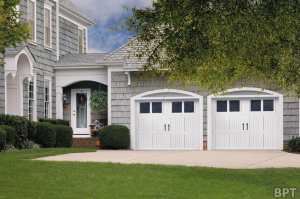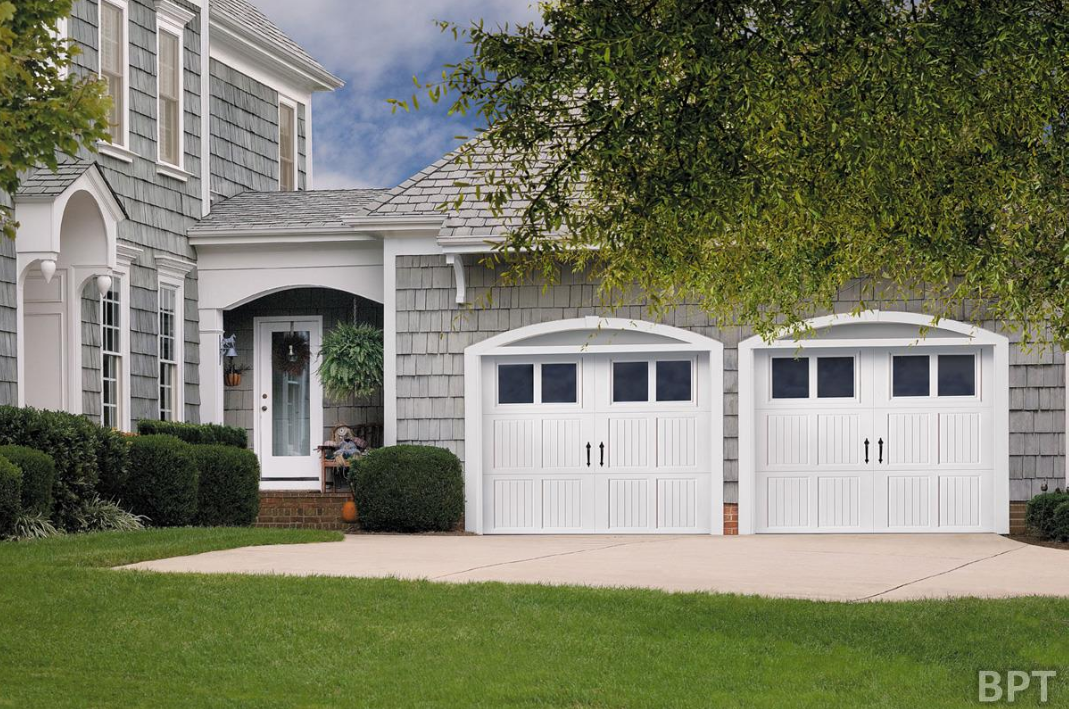 (BPT) – If you’re planning a home improvement project this year, you’re in good company. The economy and housing market are recovering, home values and equity are rising, and many homeowners are beginning projects they had put off over the past few years. A recent report by the Joint Center of Housing Studies at Harvard University predicts that the home improvement industry could post record-level spending in 2015.
(BPT) – If you’re planning a home improvement project this year, you’re in good company. The economy and housing market are recovering, home values and equity are rising, and many homeowners are beginning projects they had put off over the past few years. A recent report by the Joint Center of Housing Studies at Harvard University predicts that the home improvement industry could post record-level spending in 2015.
Creating your dream home could involve major work, like remodeling a bathroom or finishing a basement, or smaller changes like landscaping or new flooring. As costs can range from $30 for a can of paint to six figures for big additions, a significant part of planning your project is financing. Numerous options may be available, and it’s important to seek information from an experienced financial professional.
“Many consumers aren’t aware of all the financing options for home improvement, or they may not have thought of those options to pay for the work they want to do,” says Kelly Kockos, senior vice president with Wells Fargo Home Equity. “Homeowners can start by defining a vision of what they want their finished project to look like, and talking with a banker or lender to explore how to pay for it.”
As you prepare to make decisions about financing, ask yourself these questions to get started:
Size of project: How much do you want to spend, and will you need access to funds throughout your project or one lump sum? You may not know your total budget, but it’s important to have a good idea of what your project might cost. DIY vs. contractor: Are you planning to do the work yourself or hire a contractor? If you are using a contractor, references and your own research can help you make an informed choice. Repayment plan: Will you need long-term financing or is short-term financing sufficient? If you plan to borrow funds, consider the monthly payment that would fit your budget.These are some common financing options to explore:
*Home Equity Line of Credit (HELOC) – A HELOC can provide ongoing access to funds using the equity in your home, which typically results in lower interest rates than unsecured credit. This type of credit may also provide you potential tax benefits. Consult your tax advisor regarding the deductibility of interest. Wells Fargo has a combination of industry-leading features to help you borrow responsibly – principal and interest payments that rebuild your equity, annual and lifetime rate caps, and the ability to lock and unlock your rate with a fixed rate advance.
*Mortgages with built-in renovation financing – These loans help homeowners complete renovations with a loan amount that is based on an appraiser’s estimate of what the property value will be with completed improvements. This is also an option for aspiring homeowners who purchase properties that need repair. Whether a home purchase or a refinance, this option finances the renovations and mortgage in one loan. Wells Fargo is the nation’s leading originator of renovation financing, with a dedicated team of home mortgage consultants specializing in renovation lending.
*Cash-out refinance mortgages – A cash-out refinance replaces your current mortgage with a new and larger mortgage that pays off your current balance and allows you to use the equity in your home to provide additional funds for other purposes.
*Credit card – Credit cards can be used for large or small purchases and may earn rewards, which can add up to significant benefits when you’re making big home improvement purchases. However, credit cards often have higher interest rates than other loan or credit options, which should be taken into consideration.
*Personal loans and lines of credit – These personal credit options typically offer quick credit decisions and access to funds in a day. Lines of credit provide ongoing access to funds.
*Savings – If you have a do-it-yourself project or a small renovation, accessing your savings might be an option. By paying cash, there is faster access to funds and nothing to repay.
Your bank may not be the best source for what color to paint your room or which walls to move, but it can help you identify your financial options. Each option has its associated benefits and considerations, and your bank can provide valuable information to help you make informed decisions about which options are right for you. More information and tips on home improvement financing are available online in the Wells Fargo Home Improvement Lending Center, including a financing option comparison tool.
With these tips and the help of a finance professional, you can go from imagining your modern kitchen or new deck to getting started on them.
 (BPT) – The carriage house garage door is to your house what the little black dress and strand of pearls are to your wardrobe; classic style elements that never go out of fashion.
(BPT) – The carriage house garage door is to your house what the little black dress and strand of pearls are to your wardrobe; classic style elements that never go out of fashion.


